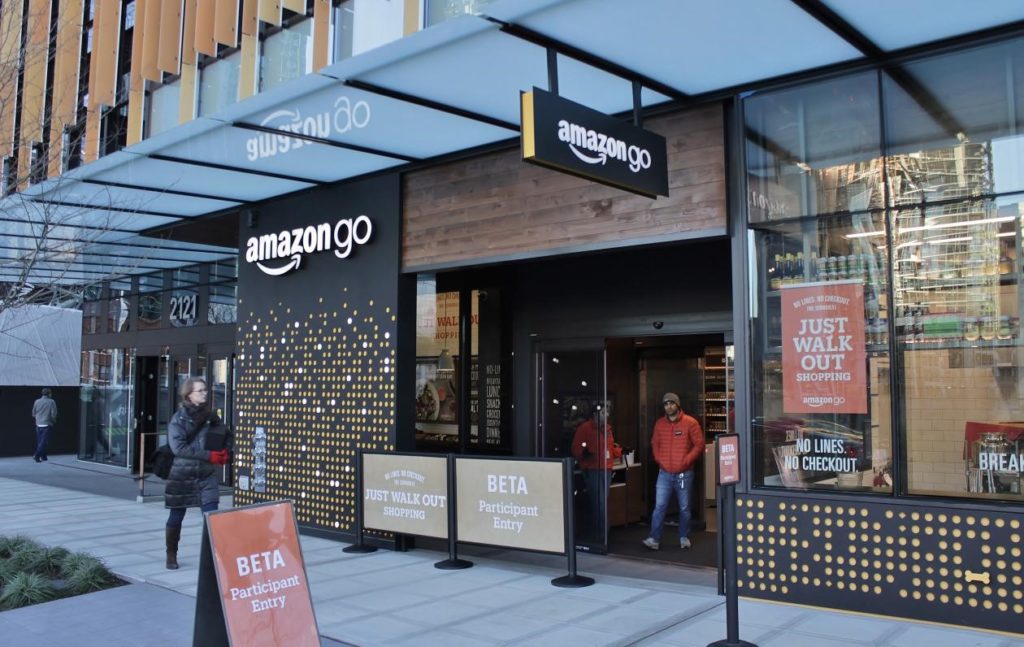That time of year has come back around again for Amazon’s biggest exclusive sales, otherwise known as Prime Day. This year, Amazon is actually offering a two-day sale, the longest yet since it began five years ago. The days were announced for July 15th and the 16th. Customers will no doubt be drawn by that boost alone. Last year’s “Prime Day deals” lasted for 36 hours, but Amazon hit a few technological mishaps in the first hour. Customers were unable to see the new deals. According to data, that didn’t dampen sales, but shoppers might think twice before setting up for a repeat performance. Amazon has likely taken precautions to keep the same thing from happening again, as they are full-focused on customers. In the last few weeks, Amazon has been generating excitement with marketing campaigns across several different channels. Third-party sellers are not all that far behind. Eighteen Knowledge Group wants to know: what’s going on with Prime Day this year?
- Amazon’s Marketing and Omnichannel Campaign
- What are Amazon’s Third-Party Sellers Doing?
- How are other retailers competing with Amazon?
Amazon’s Marketing and Omnichannel Campaign
The e-commerce giant has pulled out all the stops for its Prime Day promotions. Amazon is using their live-streaming service, Twitch, to market Prime Day to Millennials and Gen-Z. Popular streamers will be participating in the event and promoting deals. They’re curating specific gaming-related deals, such as electronics and other items. According to data, almost half of gamers are willing to buy from brands whose ads they like. Leading up to Prime Day, Amazon is hosting gaming tournaments to boost publicity on July 13th. Esports has become a massive industry. More and more companies are sponsoring teams and individuals to play games in big tournaments. Amazon is leveraging that influencer marketing to bolster their Prime Day deals.
One of the main goals of Prime Day is to gain more subscribers. While it’s possible for everyone to watch “Twitch Sells Out”, only Prime members can purchase the deals. Prime members who connect their Twitch accounts receive exclusive in-game offerings and other perks. Twitch users account for 2.2 million broadcasters with a monthly viewership of 140 million. Amazon knows the Twitch user base and is leveraging that understanding to target their specific interests.
In a similar vein, Amazon is also using Taylor Swift’s star power to attract Prime subscribers. An exclusive concert streaming from July 10th to the 15th will feature Swift and other artists. Once again, the marketing objective is to gain more Prime members. Only those with Prime will be able to see the concert on Amazon’s Prime Video. It’s another perk only available to members which makes it attractive to fans of the featured artists. Millennials are already large spenders on Amazon. According to a survey, Amazon is Gen-Z’s favorite website. The ecommerce retailer knows what its doing by focusing marketing campaigns at the younger generations. It’s maintaining its stronghold on the retail market by targeting the future.
In an effort to increase in-store sales, Amazon is also featuring Prime Day sales in its physical store locations. Whole Foods, Amazon Books and Amazon 4-Star will all have Prime Day deals. The ecommerce company has been focusing on evolving its physical retail presence, and this will only drive more traffic.

What are Amazon’s Third- Party Sellers Doing?
Sellers on Amazon are prioritizing Prime Day in their marketing campaigns as well. Considering the massive sales, it’s no wonder they would capitalize on Amazon’s brand. According to data gathered in 2018, e-mails that contained “Prime Day” in the subject line had a 47% higher open rate. The idea is that customers will open the e-mails based on the fact that Prime Day deals are time-sensitive. Creating a sense of urgency has long been a motivating factor in achieving sales and conversions. In 2018, Prime Day made $4 billion in sales making it impossible to ignore for any business selling on its marketplace.
Amazon Prime Day is just around the corner. Seller Central users had a deadline of June 27th to ship all their inventory. Many brands were shipping well before then to make certain Amazon was checking in everything on time. If you’re one of the businesses working to boost brand and product awareness on Prime Day, make sure everything looks as good as possible. All of your product descriptions and images must be perfected to maintain a lead on the competition. And competition will be intense with the 48 hour extension. With only twelve days left before Prime Day, Amazon sellers will want to make sure they’re doing all they can to market the sales across all channels. Leverage your social media presence and let your customers know about the deals.
How Are Other Retailers Competing with Amazon?

Both traditional and other ecommerce retailers are working to compete against Amazon’s sales. Last year, Target offered Deal Days and is slated to do the same thing this year. It was Target’s biggest sale and experts believe this year will exceed last year’s revenue. Target boasted that its deals don’t require any membership. eBay is also competing with its own sales by making fun of last year’s Amazon glitches. Their sales are going to be called “Crash Day” and also do not require membership. Walmart has a sales week starting the 14th. Each one of these retailers is trying to draw the most customers with exclusive and competitive sales. It’s starting to look like July might become the off-season Black Friday event.
With all these retailers coming into compete, the deciding factor will be in differentiation and customer satisfaction. Target and eBay are both targeting customers who are priced out of Amazon’s Prime membership. The yearly cost might be a little too steep for those who only shop on Amazon occasionally. Meanwhile, customers who already frequent Target’s stores or shop online will benefit from the deals. Same with eBay and Walmart. The competition will definitely benefit the demographic of customers who don’t want Prime Membership. These retailers are well aware of that.
The Future of Prime Day
We can’t wait to see the results after the week of the 15th. With all this new competition blooming, we think we’re going to see a lot more retailers leveraging both their online and physical stores. Amazon is focusing on its physical footprint. The introduction of Prime Day deals in its physical stores says as much. However, big box retailers already have a physical presence. As time goes on, we’re likely to see the competition become more integrated. It won’t just be online or in-store, it will be both. After all, ordering online and picking up in-store is popular! Offering major deals will just bring more customers in-store. Amazon doesn’t quite have that physical presence just yet. It’s something to look out for as Amazon evolves its stores.
